Cabbage is a crop that will not yield a harvest until it forms a full rosette of leaves. The question of whether it is necessary to pick off the lower leaves depends on the timing of the growing season, the type of cabbage and the goals that need to be achieved with this technique.
|
Sometimes you come across recommendations that are not only useless, but also harmful to plants. |
| Content: Why it is not recommended to remove the lower leaves
|
Even experienced gardeners sometimes ask whether it is worth plucking the lower leaves of cabbage. The short answer can be formulated as follows:
The cabbage harvest directly depends on the number of leaves in the rosette. When the lower leaves are removed, the plant does not receive a significant part of the nutrients, a loose head of cabbage is formed and the ripening of the crop is delayed for a long time. Conclusion: breaking off the covering leaves of any type of cabbage is not advisable.
And now more about the dangers of this procedure for different types of cabbage
Headed varieties
Cabbage varieties include white, savoy and red cabbage. Most often, the lower leaves break off in white cabbage varieties, less often in Savoy varieties. As a rule, the rosette of the red cabbage is not cut off.
First half of the growing season
When forming a rosette, the lower leaves are usually torn off. At this time, they contain the most microelements, and they give a unique bitter taste to cabbage soup.
But you need to pick off leaves very carefully during this period, no more than 2 for each plant. In the first half of the growing season, when a part of the rosette is lost, the crop grows it again. And the more leaves are torn off, the more actively the plant grows them, which greatly delays the formation of heads of cabbage.
This is unacceptable for early varieties. They can spend a lot of time fighting the unfortunate summer resident and, as a result, fail to set a head of cabbage. If it does form, it will be much later. Sometimes early cabbage in such conditions sets a head 1-1.5 months later.
|
In addition, all pests initially lay eggs or damage the lower leaves. If you tear them off, the pests will damage the leaves that form the head, and this is much more dangerous. |
For example, the cruciferous flea beetle in adult plants damages only the lower leaves, sometimes eating them almost completely. This, of course, leads to their replacement and delays the setting of the head of cabbage, but the product itself subsequently has a marketable appearance.
If you remove the lower leaves, it is the head leaves that will be damaged. As a result, the forks will be unsalable, eaten away, and sometimes completely unsuitable for food. Heads of cabbage damaged by pests usually rot.
Second half of the growing season
At this time, the cabbage has already formed a head of cabbage, and it is impossible to tear off the covering leaves. In the culture, nutrients first accumulate in them, and later go into smaller and more tender leaves. If you remove the covering leaves, then the forks will receive nutrients only from the roots, and this is not enough.
|
Cabbage sheds its spent leaves on its own. When all the nutrients move up the plant, the leaf turns completely yellow and falls off when touched lightly. |
If there is a danger that slugs will attack the crop, then the ground around it is sprinkled with a thick layer of sawdust or covered with non-woven material. You need to cut off the rosette if it is badly damaged and the slugs are climbing up it towards the head of cabbage.
The yield of the crop directly depends on both the number of leaves in the rosette and their size. The more there are and the larger they are, the larger and tighter the head of cabbage will be. The weight loss when removing the socket is 1.5-2 kg. Late varieties are stored for storage with part of the covering leaves. This promotes the outflow of nutrients into the head of cabbage for some time after harvesting.
In addition, the outer leaves provide high shelf life during storage. They protect the heads of cabbage from excessive evaporation and drying out.Diseases also first appear on the covering leaves and only then spread to the head of cabbage.
It is allowed to remove the lower leaves only from early varieties so that they do not crack. When the cabbage is ready for harvesting, but you want to keep it in the garden a little longer, tear off the bottom 2-4 leaves.
Although there is a better method: ripened cabbage is taken by the stump and turned in the ground by 20-40°, which causes the small roots to break off. As a result, the plant will receive less water from the roots and, at the same time, the outflow of nutrients from the covering leaves will increase. The reception gives an increase in yield by 0.8-1 kg.
|
Only when diseases appear, all diseased leaves are removed, regardless of their location. |
When pests appear, the rosette is not cut off, but sprayed from the top and bottom. Some leaves break during processing and are then torn off. After removal, the cabbage is not watered for at least 6-8 hours, otherwise the broken area will not heal for long.
In red-headed varieties A large amount of nitrates accumulate in the rosette, which gradually disintegrate and move up the plant. If the rosette is broken off, nitrates will accumulate in those leaves that become outer, so only diseased and severely damaged leaves are removed from red-headed varieties.
Savoy cabbage forms a looser head of cabbage, and it takes a long time to set. Its rosette grows more slowly than that of white cabbage varieties. When you remove some of the leaves, the cabbage does not set. Although there is a great temptation here: its leaves are more tender and very tasty, they give the cabbage soup a very pleasant taste and are not bitter.
|
It can be used like kale, gradually cutting off the rosette and not waiting for heads to form. |
Bottom line. Leaves are not removed.Cabbage must have “forty clothes” to produce a good harvest. For shchanitsa, no more than 2 leaves are plucked from one plant and no more than once every 15 days.
Cauliflower and broccoli
This cabbage does not form an inflorescence until the rosette is fully formed. Therefore, under no circumstances should you break off the vegetative mass.
The rosette should have 25-30 well-developed leaves, only after this the cabbage will tie its head. If they are broken off, the crop will grow them until it has a full-fledged leaf apparatus. If the rosette is regularly broken off, the plant will not produce a head at all, despite all other favorable conditions.
In addition, broccoli also forms inflorescences in the axils of the leaves. When the lower leaves are removed, the heads do not appear in the axils, since there are no nutrients for their formation and growth. Moreover, the upper inflorescence may not set.
Part of the leaf apparatus can be removed in exceptional cases:
- If it is severely damaged (for example, by pests) and does not perform its functions.
- When the rows close, neighboring plants begin to interfere and oppress each other. Remove several lower leaves (no more than 3) from each plant.
- When cabbage is affected by diseases. Any disease begins from the lower or middle tier and only later spreads throughout the plant.
In this case, the formation of the harvest is delayed by 2-4 weeks, but there is no other way out.
|
When the head has formed, you can remove 2-4 lower leaves to delay the opening of the buds. The inflorescence itself will not gain mass, but its flowering will be delayed for 1-5 days. |
The technique is used in hot weather, when the crop quickly begins to flower.
Brussels sprouts
Like any other sprouts, Brussels sprouts first grow a rosette. By autumn it can grow up to 1-1.2 m. The heads develop in the axil of each leaf, so the leaf apparatus does not break off.
If by autumn the Brussels has still not set heads, then the rosette is not touched, since each leaf is the “breadwinner” of 2-4 heads and protects them from adverse influences.
Breaking off leaves at an early stage of the growing season leads to re-growth of the rosette. The result is no harvest. The culture will grow until November, but will not set heads.
|
When the rosette is removed after the harvest has been established, the heads of cabbage grow very slowly, do not gain mass, and may break into separate leaves. |
Break off the leaves immediately before harvesting. The beautiful Brussels in the photographs with a column of heads and without a rosette are either plants that have already been harvested, or plants that will be harvested within 1-2 days.
Collard greens
These are Peking, pak choi, Tuscany, kale and other types. The crop grows very quickly, produces a large number of leaves, which, when overgrown, become coarse, fibrous, tough and tasteless.
The leaves of these species are torn off as they grow, starting from the lower ones. They should be juicy, well developed and healthy. If the leaves have already become coarse, then it is better to leave them, since when diseases and pests appear, they will be the first to suffer and will be indicators of the health of the cabbage.
At a time, no more than 2-3 leaves are plucked from young plants and no more than 5-6 from adults. Closer to autumn, the lowest leaves can be torn off, provided that the vegetative mass is sufficiently well developed. By this time, they are drawing too many nutrients.
|
In leafy varieties, leaves that have served their useful life do not fall off like the rest of cabbage. They need to be gradually removed. |
In Chinese cabbage, the rosette can be slightly broken off. Its young leaves are not as tasty as a head of cabbage; in addition, they grow from the ground itself; when they are removed, the crop can become infected. If the socket is damaged too much, the Pekinka dies.
You might be interested:
- What causes cabbage and how to treat it? view ⇒
- Growing Brussels sprouts view ⇒
- Broccoli: growing and care view ⇒
- How to properly care for cauliflower view ⇒
- Technology for growing Chinese cabbage view ⇒
- Planting and caring for white cabbage view ⇒
- How to feed different types of cabbage view ⇒
- How to water cabbage correctly view ⇒
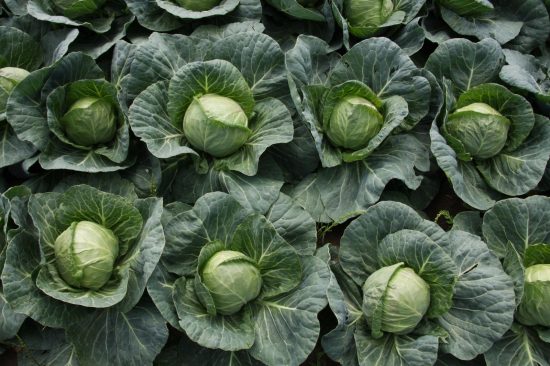
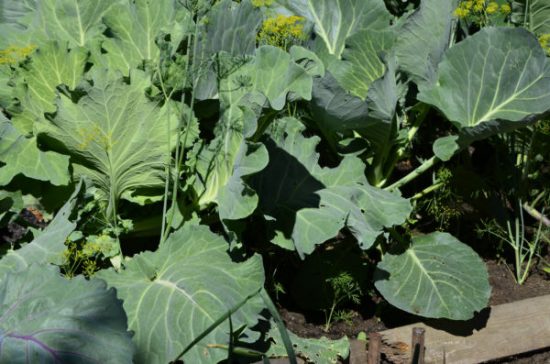
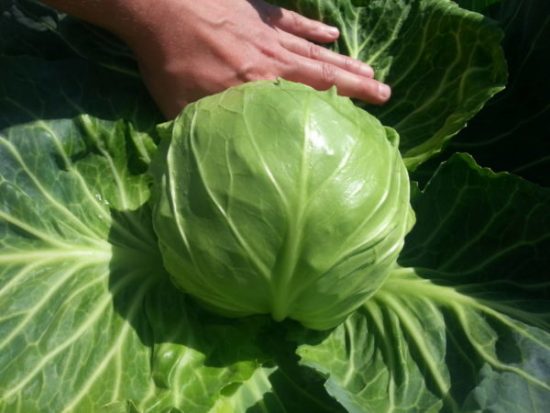
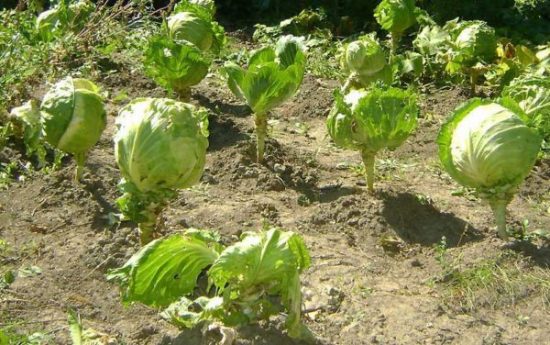
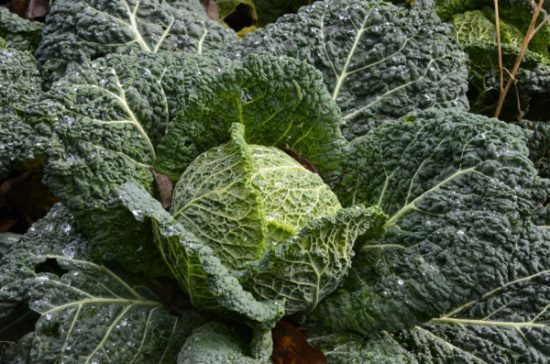
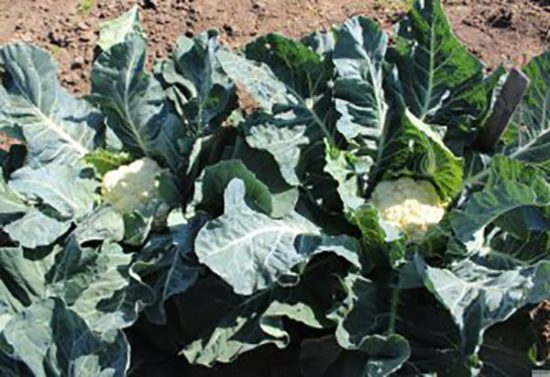
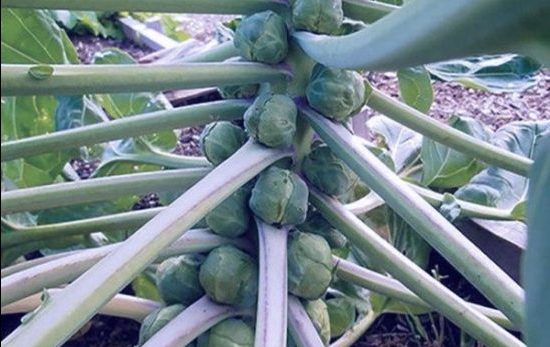
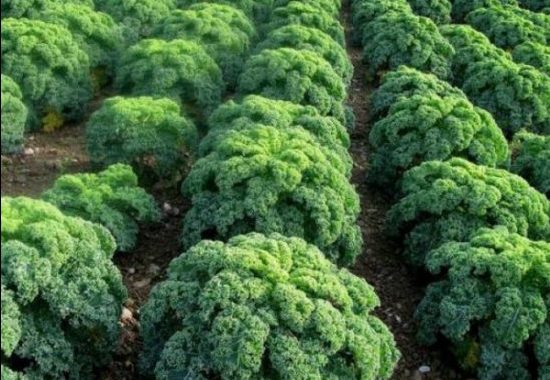



 CUCUMBERS NEVER GET SICK, I'VE BEEN USING ONLY THIS FOR 40 YEARS! I SHARE A SECRET WITH YOU, CUCUMBERS ARE LIKE THE PICTURE!
CUCUMBERS NEVER GET SICK, I'VE BEEN USING ONLY THIS FOR 40 YEARS! I SHARE A SECRET WITH YOU, CUCUMBERS ARE LIKE THE PICTURE! You can dig a bucket of potatoes from each bush. Do you think these are fairy tales? Watch the video
You can dig a bucket of potatoes from each bush. Do you think these are fairy tales? Watch the video
 How our fellow gardeners work in Korea. There is a lot to learn and just fun to watch.
How our fellow gardeners work in Korea. There is a lot to learn and just fun to watch. Eye trainer. The author claims that with daily viewing, vision is restored. They don't charge money for views.
Eye trainer. The author claims that with daily viewing, vision is restored. They don't charge money for views. A 3-ingredient cake recipe in 30 minutes is better than Napoleon. Simple and very tasty.
A 3-ingredient cake recipe in 30 minutes is better than Napoleon. Simple and very tasty. Therapeutic exercises for cervical osteochondrosis. A complete set of exercises.
Therapeutic exercises for cervical osteochondrosis. A complete set of exercises. Which indoor plants match your zodiac sign?
Which indoor plants match your zodiac sign? What about them? Excursion to German dachas.
What about them? Excursion to German dachas.